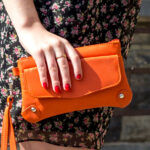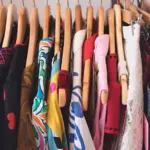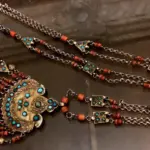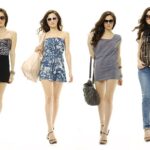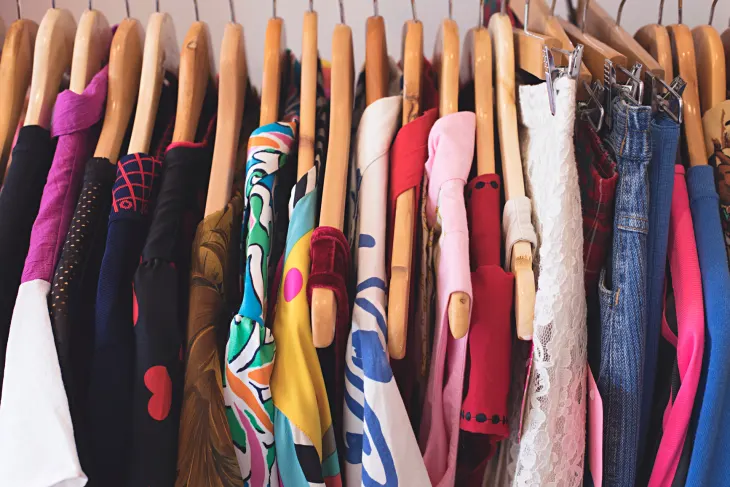The resurgence of vintage clothing in contemporary fashion is a fascinating journey that intertwines nostalgia, sustainability, and individualism. Over recent decades, what was once considered merely old has transformed into a treasured and stylish proclamation of personal and ecological awareness. This exploration delves into how vintage clothing transitioned from niche to mainstream, reshaping wardrobes and runways across the globe.
Tracing the Origins: Vintage Clothing’s Quiet Beginnings
The appeal of vintage clothing began to gather momentum during the 1960s and 1970s, a time marked by societal shifts towards individuality and rebellion against the norms. Initially, wearing vintage was not just a style choice but a political one—rejecting the commercialism of fashion in favor of unique, recycled garments that offered a statement against prevailing consumer trends. Today, you can explore a rich array of vintage fashion with a simple click to platforms like Blue17, which offers a curated selection of garments from these transformative decades.
Vintage Enters the Mainstream
- The Influence of Pop Culture: The mainstreaming of vintage clothing can largely be attributed to its prominence in pop culture. Iconic films, television shows, and celebrities began embracing and showcasing vintage styles. As influential figures and stylists chose vintage pieces for red carpets and public appearances, they set a trend that fans and viewers wanted to emulate. This visibility helped shift the perception of vintage clothing from outdated to chic and desirable.
- The Fashion Industry’s Nod: High fashion also played a crucial role in the acceptance of vintage clothing into the mainstream. Designers started referencing past eras in their collections, blending old with new to create something distinctly modern but with a clear nod to history. Some designers even went so far as to reissue past designs or use vintage fabrics, further cementing the desirability of retro styles in contemporary fashion lineups.
- The Digital Boom: The explosion of online shopping and the rise of social media platforms transformed how people accessed and consumed fashion. Websites dedicated to the sale of vintage clothing made it easier for enthusiasts to find and purchase rare items from around the world. Instagram and Pinterest became showcases for vintage fashion, where anyone could display their latest finds and styling techniques, inspiring others to explore vintage markets.
Why Vintage Now?
- The Allure of Exclusivity: One of the driving forces behind the popularity of vintage clothing is the exclusivity it offers. In an era dominated by mass production, vintage pieces provide a chance to wear something unique that won’t be seen on anyone else. This exclusivity has become a significant draw for those looking to stand out from the crowd.
- Sustainability and Ethical Consumption: As awareness of the fashion industry’s impact on the environment has grown, so has the desire for more sustainable clothing options. Vintage clothing offers an eco-friendly alternative to fast fashion by promoting reuse and reducing waste and the demand for new resources. This shift towards ethical consumption has made vintage clothing a popular choice for environmentally conscious consumers.
- A Rich Narrative: Vintage items are not just clothes; they are pieces of history. Each garment comes with its own story and wearing vintage allows individuals to connect with the past in a personal and meaningful way. This aspect of vintage clothing appeals particularly to those who value depth, context, and storytelling in their fashion choices.
Challenges in the Vintage Market
Despite its popularity, the vintage clothing market faces challenges. Issues such as sizing discrepancies, the need for garment restoration, and authenticity verification can deter new buyers. Additionally, as vintage becomes more popular, the prices of high-quality or rare items have risen, potentially limiting accessibility for some enthusiasts.
Future Trends: The Evolution of Vintage
As the line between old and new continues to blur, the future of vintage clothing looks promising. Innovations in how vintage garments are sourced, authenticated, and restored are likely to improve consumer confidence. Moreover, as the digital world continues to evolve, online platforms will likely become even more pivotal in the vintage market, expanding access and influencing fashion trends globally.
The integration of vintage into mainstream fashion illustrates a broader trend towards more personalized, sustainable, and conscious consumption. With each piece telling a story of its era, vintage clothing not only enriches the wardrobe of its wearer but also contributes to a more sustainable and diverse fashion ecosystem. As we look forward, the allure of vintage is set to persist, driven by its uniqueness, environmental benefits, and the ongoing desire for connection with the past.

